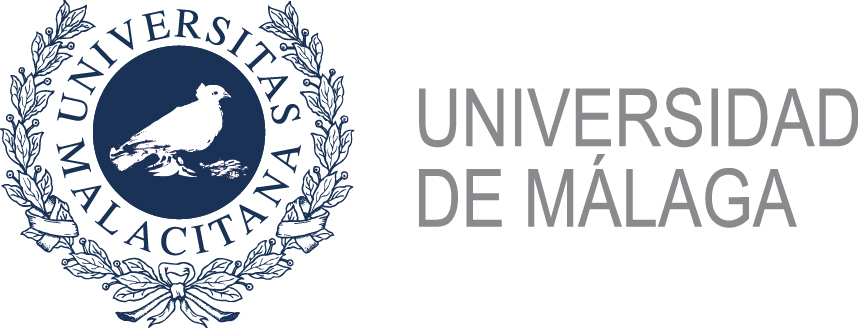Jun 03, 2025 | 1 min read
\( \newcommand{\bra}[1]{\langle #1|} \) \( \newcommand{\ket}[1]{|#1\rangle} \) \( \newcommand{\branew}[1]{\langle #1|} \) \( \newcommand{\ketnew}[1]{\langle #1|} \) \( \newcommand{\braket}[2]{\langle #1|#2\rangle} \) \( \newcommand{\ketbra}[2]{| #1\rangle \langle #2 |} \) \( \newcommand{\i}{{\color{blue} i}} \) \( \newcommand{\Hil}{{\cal H}} \) \( \newcommand{\cg}[1]{{\rm C}#1} \) \( \newcommand{\lp}{\left(} \) \( \newcommand{\rp}{\right)} \) \( \newcommand{\lc}{\left[} \) \( \newcommand{\rc}{\right]} \) \( \newcommand{\lch}{\left\{} \) \( \newcommand{\rch}{\right\}} \) \( \newcommand{\Lp}{\Bigl(} \) \( \newcommand{\Rp}{\Bigr)} \) \( \newcommand{\Lc}{\Bigl[} \) \( \newcommand{\Rc}{\Bigr]} \) \( \newcommand{\Lch}{\Bigl\{} \) \( \newcommand{\Rch}{\Bigr\}} \) \( \newcommand{\rqa}{\quad \Rightarrow \quad} \) \( \newcommand{\bm}{\boldsymbol}\)
5.4. Resumen#
En resumen, la decoherencia puede ser de dos tipos:
Perdida de la fase relativa entre los estados (\(\rightarrow T_2\))
Decaimiento de las amplitudes (\(\rightarrow T_1\))
Las decoherencia proviene de todas aquellas interacciones que no tenemos en cuenta el Hamiltoniano del sistema, debido a su complejidad (o imposibilidad) de tratamiento. Estas interacciones pueden ser entre los propios elementos del sistema o interacciones con el entorno. Para que la computación cuántica tenga éxito, los tiempos de decoherencia deben de ser mucho mayores que los tiempos de aplicación de las puertas cuánticas.
Sorprendentemente, en muchos TLS solo necesitamos dos parámetros para describir la decoherencia: \(T_1\) y \(T_2\). El primero da cuenta del tiempo de relajación longitudinal y el segundo del transversal. Es decir, el primero nos dice el tiempo que se mantiene la amplitud relativa entre estados y el segundo el tiempo que se mantiene la fase relativa entre estados. Estos parámetros son puramente fenomenológicos.
Autor:
David Castaño (UMA-SCBI)



License: Licencia Creative Commons Atribución-CompartirIgual 4.0 Internacional.
This work has been financially supported by the Ministry for Digital Transformation and of Civil Service of the Spanish Government through the QUANTUM ENIA project call - Quantum Spain project, and by the European Union through the Recovery, Transformation and Resilience Plan - NextGenerationEU within the framework of the Digital Spain 2026 Agenda.

